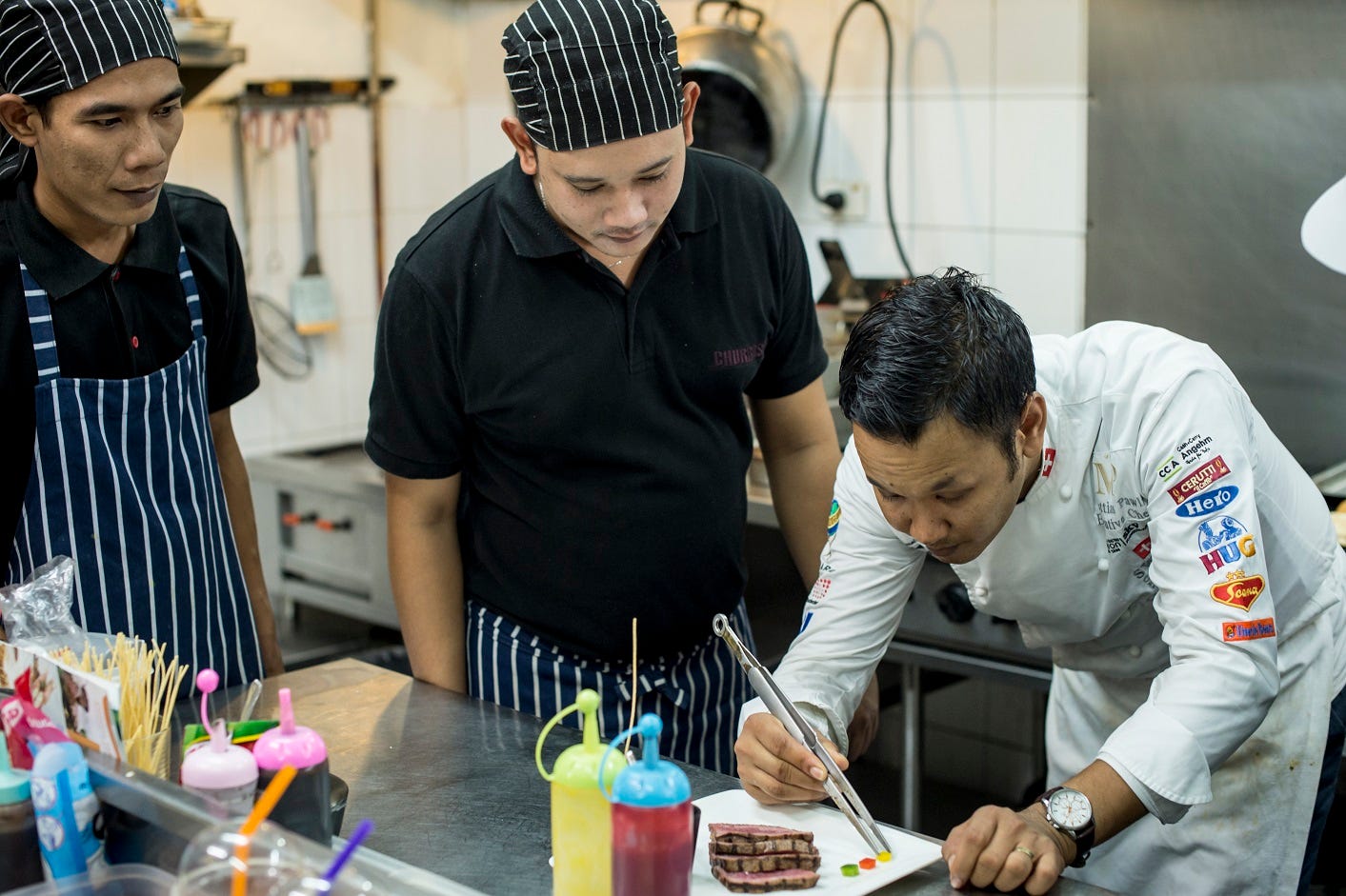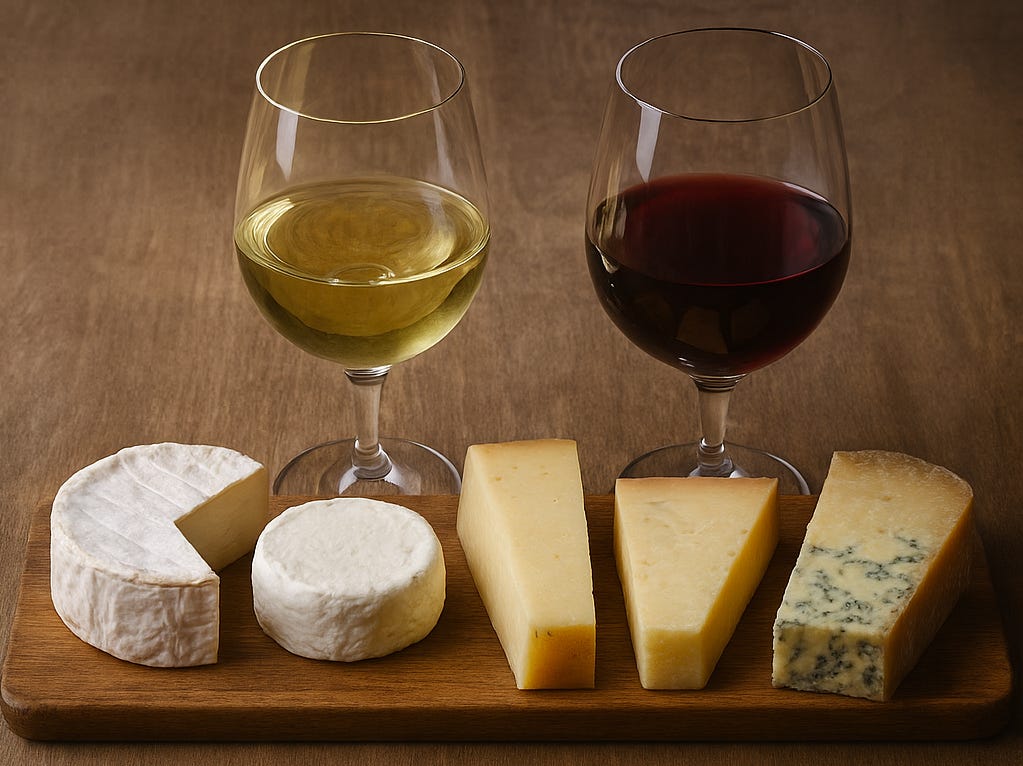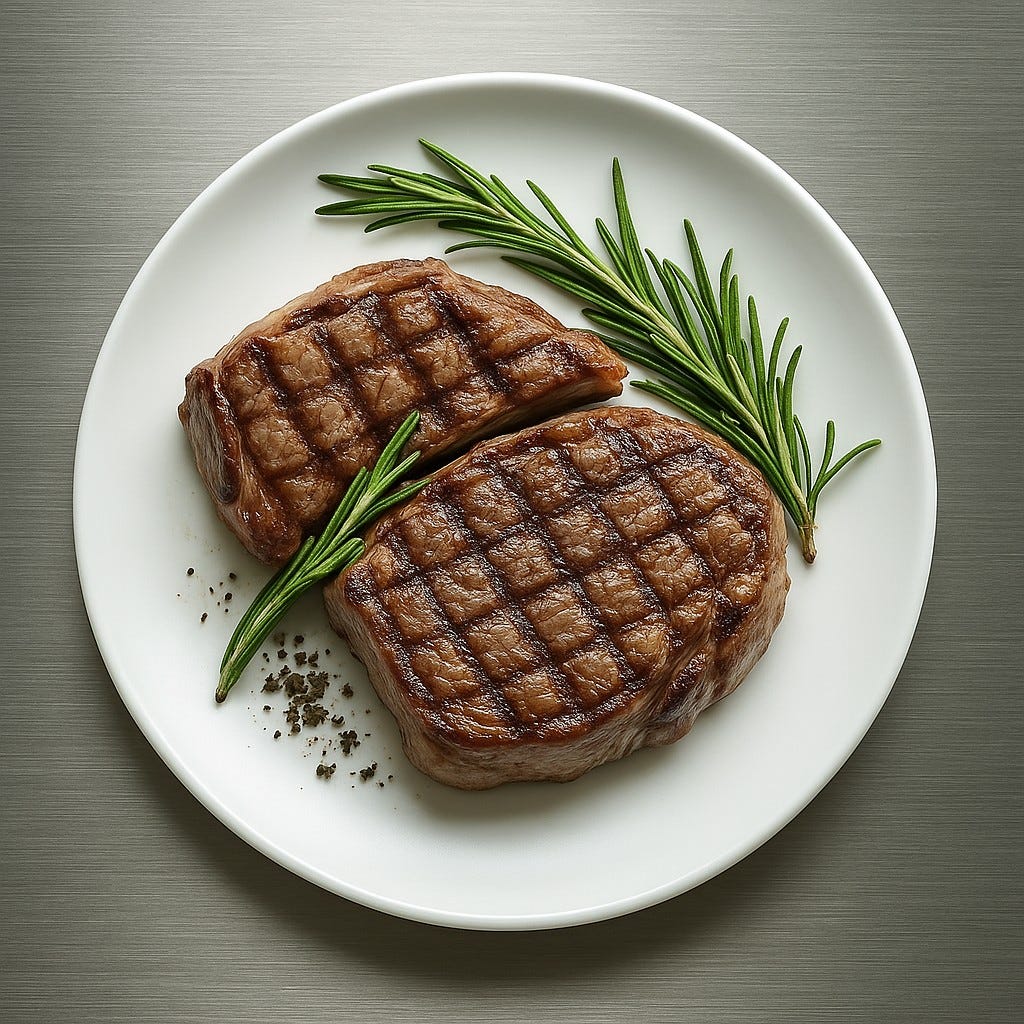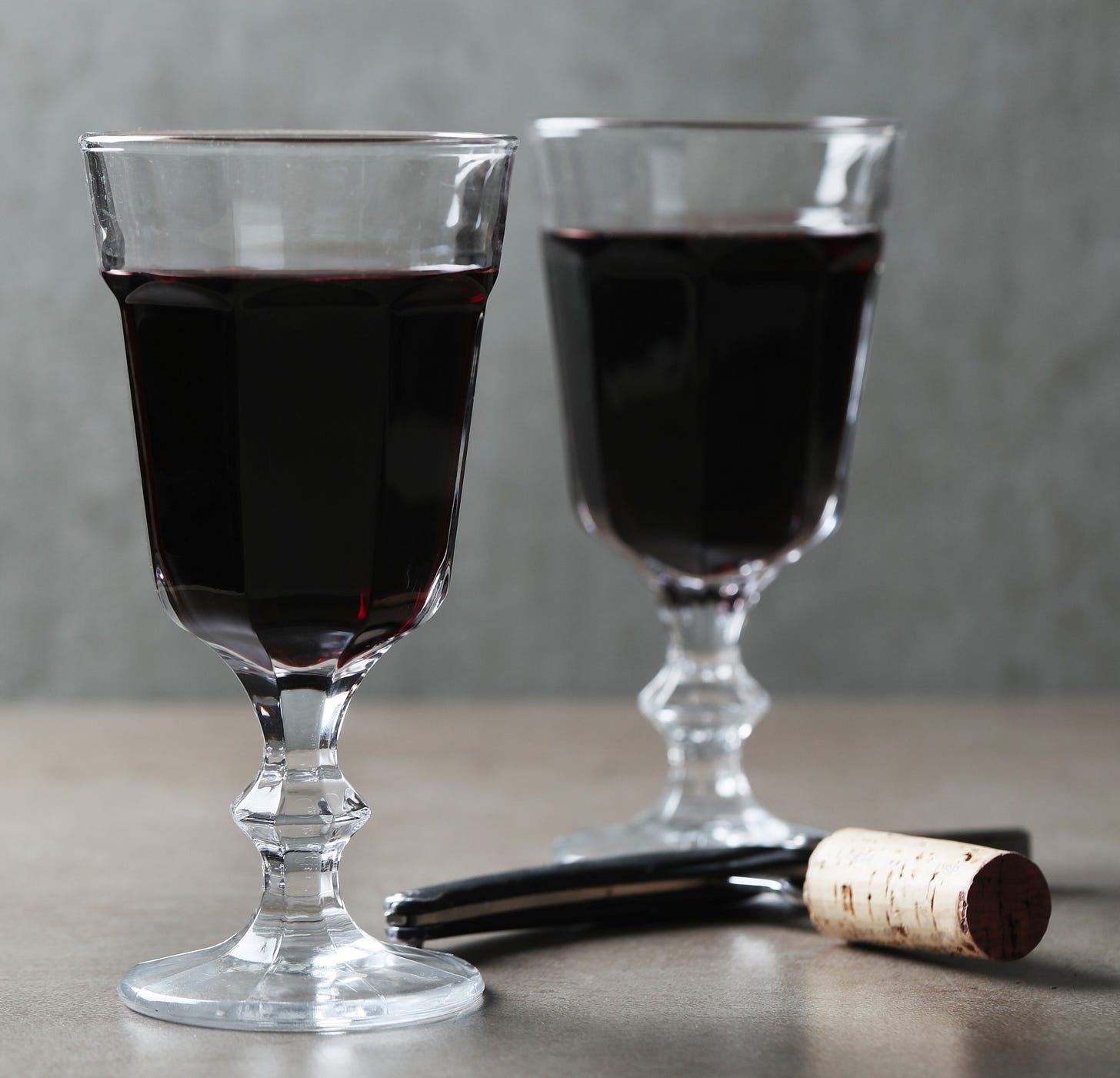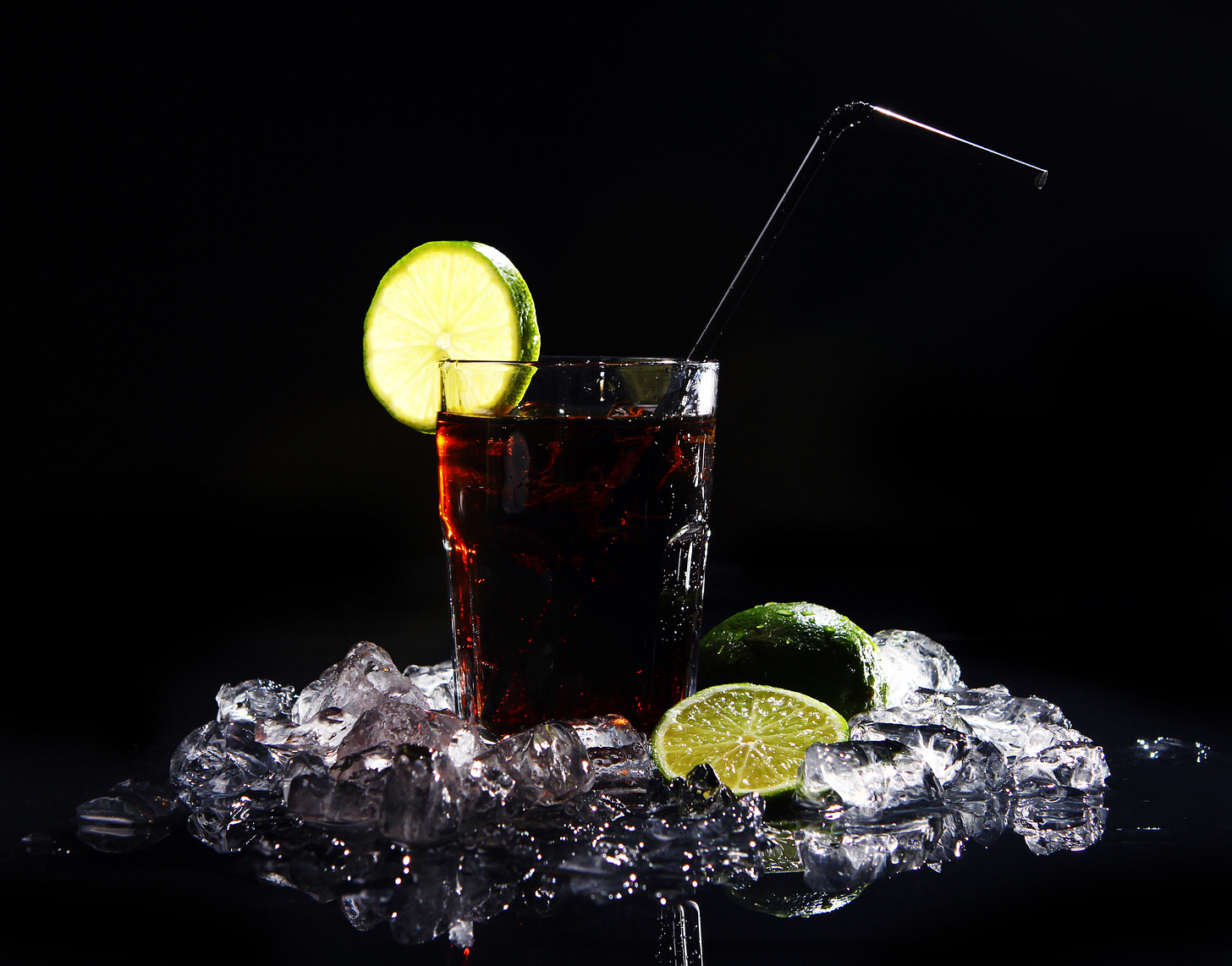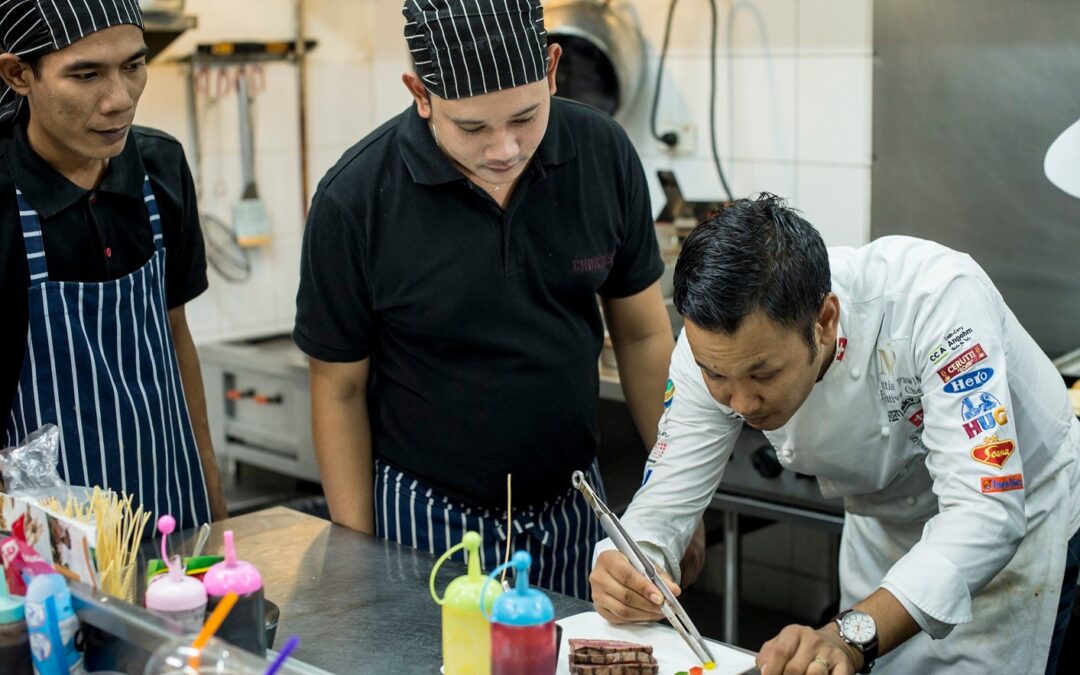
by Ross Kingsley | May 11, 2025 | RESTAURANT BUSINESS: BEHIND THE KITCHEN DOOR
Passion isn’t a strategy. Starting a restaurant is one of the boldest moves an entrepreneur can make. The food industry is fast-paced, competitive, and notoriously unforgiving. It’s tempting to think that passion and taste are enough to drive success, but here’s a cold truth: what you like doesn’t matter. What your target market wants means everything.
“Wouldn’t It Be Nice” Is Not a Business Plan
One of the most common pitfalls aspiring restaurateurs fall into is designing their concept based on personal cravings or nostalgia. If your business plan begins with a sentence like, “Wouldn’t it be great if there were a [your favorite cuisine] place here,” then you’ve already missed the mark. A restaurant isn’t a personal art project—it’s a customer-facing enterprise. Your concept has to be commercially viable. That means serving something people not only want, but will return for—and tell others about. Your own enthusiasm might fuel the early days, but it won’t pay the bills.
It’s Not About You—It’s About Them
The hard truth? Your restaurant is not for you. It doesn’t matter if you adore Hungarian dumplings, or think 1970s disco décor is due for a revival. Unless your potential guests feel the same, your preferences are irrelevant. With few exceptions (your mother included), nobody is coming to support your taste—they’re coming to satisfy theirs. Building a restaurant means building an experience for your customer. Every detail, from menu to music, has to cater to what excites them—not you.
What Makes a Concept Work
A winning restaurant concept has three critical ingredients: demand, differentiation, and repeat appeal.
-
Demand: Does the market want it? Look for unmet needs or underserved niches in your area.
-
Differentiation: How are you standing out? If your concept doesn’t have a clear edge or unique value proposition, you’ll blend into the noise.
-
Repeat Appeal: Can people enjoy it over and over again? The restaurant has to become part of your guests’ routine or social life.
You’re not looking for a hundred people to visit once—you need 50 or more people to come every day. That’s the difference between a restaurant business and a cooking hobby.
Know Your Audience—Then Test It
Before you pour time and money into a full build-out, take a moment to get real about your market. Study the demographics. What restaurants are already thriving nearby? What’s missing? Are people dining out for speed, comfort, trendiness, value, or something else entirely? Next, validate your idea. Host a pop-up. Cater a few private events. Offer delivery from a ghost kitchen. See how people respond—not just with words, but with wallets. If you can’t win hearts and stomachs on a small scale, you won’t magically do it in a 60-seat dining room.
Build a Destination, Not a Vanity Project
The goal is simple: create a place your customers can’t stay away from. That means providing something consistently excellent, shareable, and relevant. Your restaurant has to be woven into the local lifestyle. It needs to be the answer to “Where should we eat tonight?”—not just a pretty idea you love.
Conclusion: The Concept Is the Foundation
In the restaurant world, your concept is the cornerstone of everything. If it’s weak, even the best food and service won’t save you. Get it right, and you’ll have a scalable, profitable business. Get it wrong, and you’re left with an expensive, exhausting hobby. Start not with your cravings, but with your customers’. That’s the difference between a restaurant that thrives—and one that closes quietly before the lease runs out.
Image Credit: https://churrascophuket.com
_ _ _
© CHURRASCO PHUKET STEAKHOUSE / ALL RIGHTS RESERVED
Churrasco Phuket Steakhouse serves affordable Wagyu and Black Angus steaks and burgers. We are open daily from 12noon to 11pm at Jungceylon Shopping Center in Patong / Phuket.
We are family-friendly and offer free parking and Wi-Fi for guests. See our menus, reserve your table, find our location, and check all reviews here:
https://ChurrascoPhuket.com/
#Churrascophuket #jungceylon #phuketsteakhouse #affordablewagyu #wagyu
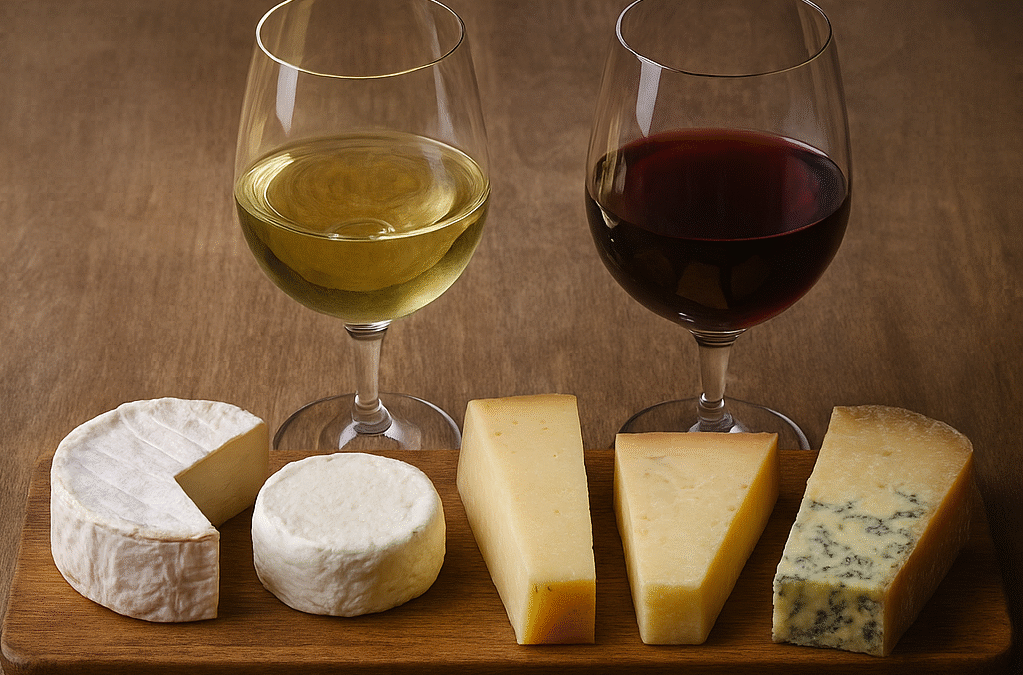
by Ross Kingsley | May 4, 2025 | BLACK BOX: RANTS, RAVES, REVIEWS & RECIPES
One foodie debate that stirs up passionate opinions is the age-old question: red or white wine with cheese? It’s a never-ending battle—even so-called experts can’t agree. Some insist red is the only civilized choice, while others swear by the crisp harmony of a good white. So, at our own peril, we’re wading into the fray to try and settle this delicious dilemma once and for all.
The surprising twist? White wine often comes out on top. While red wine can be wonderful with the right cheese, it’s not always as versatile. Whites tend to offer higher acidity and fewer tannins, which makes them a better match for many cheeses, especially soft or tangy varieties.
Let’s break it down by cheese type so you can confidently build the perfect pairings—whether you’re entertaining guests or just treating yourself.
1. Soft, Bloomy-Rind Cheeses
Think: Brie, Camembert, Triple Cream
These cheeses are lush, creamy, and downright indulgent. They benefit from something that refreshes the palate between bites.
Best Pairings:
Sparkling wines and crisp whites cut through the richness and enhance the buttery flavors without overpowering them.
2. Fresh Cheeses
Think: Goat Cheese, Feta, Ricotta, Mozzarella
Light, tangy, and often slightly salty, these cheeses are a natural match for bright, acidic wines.
Best Pairings:
-
Sauvignon Blanc
-
Albariño
-
Vermentino
The zesty citrus notes in these wines echo the freshness of the cheese and cleanse the palate beautifully.
3. Washed-Rind Cheeses
Think: Taleggio, Époisses, Munster
Washed-rind cheeses can be, let’s say…aromatic. Their bold, funky character calls for equally assertive partners.
Best Pairings:
-
Gewürztraminer
-
Pinot Gris
Aromatic whites handle the funk with flair, offering fruit and spice notes that complement rather than compete.
4. Semi-Hard Cheeses
Think: Gruyère, Comté, Jarlsberg
Nutty and buttery with a bit of age, these cheeses are the friendliest to pair with a range of wines.
Best Pairings:
-
Chenin Blanc
-
White Burgundy
-
Pinot Noir
-
Dolcetto
Red or white can both shine here—as long as you avoid heavy tannins. Pinot Noir’s soft fruit and acidity work well, while whites bring balance and a clean finish.
5. Hard Aged Cheeses
Think: Aged Cheddar, Manchego, Parmigiano-Reggiano
Salty, complex, and bold, these cheeses can finally hold their own against a robust red wine.
Best Pairings:
-
Cabernet Sauvignon
-
Tempranillo
-
Zinfandel
-
Malbec
Tannins in these reds mellow out with the fat in the cheese, creating depth and savoriness in every sip and bite.
6. Blue Cheeses
Think: Roquefort, Gorgonzola, Stilton
Blue cheese is strong, salty, and a bit divisive—kind of like this red-vs-white debate. The solution? Go sweet.
Best Pairings:
-
Sauternes
-
Port
-
Spätlese Riesling
The sweetness softens the sharp edge of the cheese and creates an indulgent, almost dessert-like experience.
Final Thoughts
So, who wins—red or white? The answer: both, depending on what’s on your cheese board. White wines offer more flexibility, especially with fresh, creamy, or tangy cheeses. But aged or hard cheeses can absolutely shine next to a structured red.
Ultimately – and just like in any relationship – the best pairing is the one that makes you happy. Try different combinations, and discover new favorites (wink wink). And remember, wine and cheese are meant to be enjoyed, not argued over … at least not too much.
Image Credit: https://churrascophuket.com
_ _ _
© CHURRASCO PHUKET STEAKHOUSE / ALL RIGHTS RESERVED
Reprinting, reposting & sharing allowed, in exchange for a backlink and credits
Churrasco Phuket Steakhouse serves affordable Wagyu and Black Angus steaks and burgers. We are open daily from 12noon to 11pm at Jungceylon Shopping Center in Patong / Phuket.
We are family-friendly and offer free parking and Wi-Fi for guests. See our menus, reserve your table, find our location, and check all guest reviews here:
https://ChurrascoPhuket.com/
#Churrascophuket #jungceylon #phuketsteakhouse #affordablewagyu #wagyu
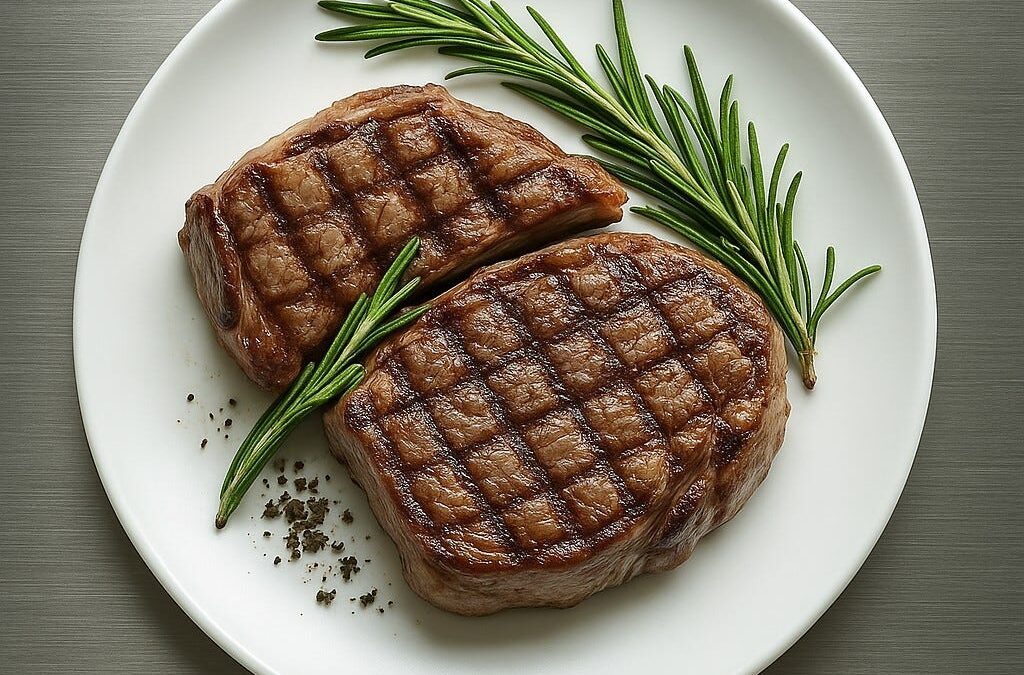
by Ross Kingsley | May 4, 2025 | KNOWLEDGE: MEAT ESSENTIALS
Cooking the perfect steak involves more than just achieving a beautiful sear or hitting your preferred internal temperature. One of the most crucial, yet often overlooked, steps in steak preparation is resting the meat after cooking. This simple act can dramatically improve flavor, juiciness, and texture—turning a good steak into a memorable one.
Retaining Juices: The Key to Flavor
When a steak cooks, the intense heat causes the muscle fibers to contract, pushing juices toward the center of the meat. If you slice into the steak immediately after cooking, those flavorful juices spill out onto the cutting board. What you’re left with is a drier, less satisfying piece of meat.
By allowing the steak to rest, those contracted muscle fibers begin to relax and reabsorb moisture, distributing juices more evenly from center to edge. This results in a juicier, more flavorful bite all the way through. The difference is especially noticeable in leaner cuts like tenderloin or sirloin, which don’t have as much fat to help with moisture retention.
Carryover Cooking: Hitting the Sweet Spot
Resting also plays a role in achieving your desired level of doneness. When removed from a hot grill or pan, a steak continues to cook from residual heat. This is known as carryover cooking, and it can raise the internal temperature by 3–5°C (5–10°F), depending on thickness and initial heat.
For example, if you’re aiming for medium rare (about 57°C or 135°F), you should remove the steak from the heat when it reaches around 52–54°C (125–130°F). As it rests, it will finish cooking internally, giving you perfect doneness without overcooking.
Texture and Tenderness
Aside from juiciness and temperature, resting also improves the texture of the steak. As the internal temperature stabilizes, the muscle fibers soften and become more pliable, resulting in a more tender and uniform mouthfeel. Without resting, you may find the outer portions of the steak slightly overcooked while the interior remains uneven.
This benefit becomes especially clear in thicker cuts like ribeye, strip loin, or T-bone, where different zones of the steak experience different levels of heat during cooking. Resting helps balance those differences.
How Long Should You Rest a Steak?
A good rule of thumb is to rest a steak for five to ten minutes, depending on its size and thickness. Thinner cuts such as skirt or flank steak can rest for 5 minutes, while thicker cuts like ribeye or porterhouse benefit from 10–15 minutes. During this time, loosely tenting the steak with foil helps keep it warm without trapping steam, which could soften the crust.
The Challenge in Professional Kitchens
In theory, resting a steak is straightforward. In practice—especially in a fast-paced steakhouse kitchen—it’s a logistical puzzle. During peak hours, chefs must juggle multiple orders, coordinate side dishes, and manage grill space while ensuring each steak rests the appropriate amount of time. Without proper timing and experience, the process can lead to delays, mismatched plates, or steaks served before reaching optimal tenderness.
This Is How We Do It
That’s why it’s not only best to enjoy premium steaks in dedicated, professional steakhouses, but also to choose ones with a track record of experience and consistency. At Churrasco Phuket Steakhouse, the chefs prepare hundreds of different steaks each week, each expected to come out to guests’ exact specifications. Such a team knows how to manage the rhythm of resting and serving under pressure. And like everything else in life, nothing beats experience—especially when it comes to getting a steak just right, every time.
Resting isn’t just a formality—it’s a scientifically sound step that enhances the steak’s flavor, juiciness, and texture. Whether you’re cooking at home or dining out, taking the time to rest your steak properly shows a commitment to quality. It’s a small pause that delivers big results, ensuring every bite lives up to its full potential.
Image Credit: https://freepik.com
_ _ _
© CHURRASCO PHUKET STEAKHOUSE / ALL RIGHTS RESERVED
Reprinting, reposting & sharing allowed, in exchange for a backlink and credits
Churrasco Phuket Steakhouse serves affordable Wagyu and Black Angus steaks and burgers. We are open daily from 12noon to 11pm at Jungceylon Shopping Center in Patong / Phuket.
We are family-friendly and offer free parking and Wi-Fi for guests. See our menus, reserve your table, find our location, and check all guest reviews here:
https://ChurrascoPhuket.com/
#Churrascophuket #jungceylon #phuketsteakhouse #affordablewagyu #wagyu
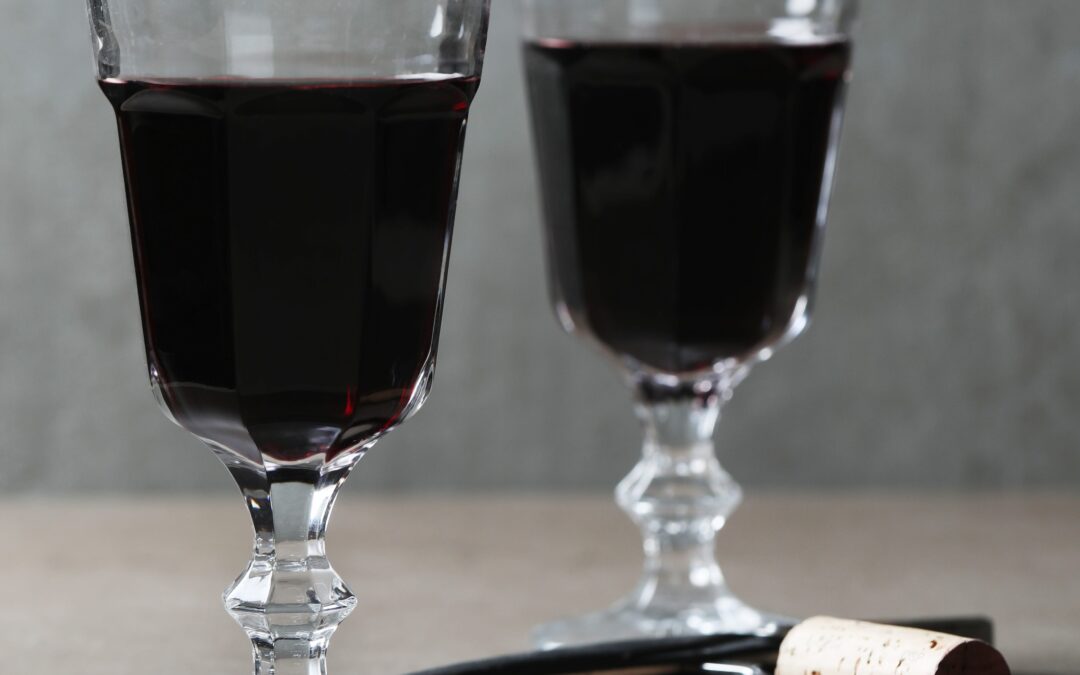
by Ross Kingsley | May 4, 2025 | WINES: UNCORKING THE MYSTERY
Portugal is renowned for its diverse and exquisite wines, with Port and Madeira standing out as two globally celebrated fortified wines. While both share Portuguese roots and a fortification process, they differ significantly in origin, production methods, flavors, and uses – making each a unique treasure in the world of wine.
Origins and Terroir
Port wine (served at Churrasco Phuket Steakhouse) originates from the Douro Valley in mainland Portugal, a UNESCO World Heritage Site known for its terraced vineyards. Madeira, on the other hand, comes from the Madeira Islands, a volcanic archipelago in the Atlantic Ocean. The distinct climates and soils of these regions heavily influence the wines’ flavors—Port reflecting the richness of inland vineyards and Madeira showcasing the mineral complexity of volcanic terrain.
Production Methods
Port is fortified by adding Aguardente (grape spirit) during fermentation, halting the process and preserving natural sugars. This creates a sweet, high-alcohol wine. Madeira’s fortification also involves adding spirit, but what sets it apart is its unique aging process. Madeira is subjected to heat and oxygen, either through the traditional estufagem method (heating in tanks) or by aging in warm attics. This deliberate exposure creates its signature caramelized and nutty flavors.
Flavor Profiles
Port wines are typically sweet and come in styles like ruby, tawny, and vintage, offering notes of ripe fruits, chocolate, and spices. Madeira, available in dry to sweet styles, delivers flavors of roasted nuts, dried fruits, and citrus, with a distinctive tangy acidity that ensures longevity.
Uses and Pairings
Port is often enjoyed as a dessert wine, pairing well with chocolates, cheeses, and nuts. Madeira’s versatility makes it suitable for cooking, sipping, or pairing with dishes like roasted meats or savory appetizers.
Both wines, steeped in history and tradition, represent the rich diversity of Portuguese winemaking, offering distinct experiences to wine lovers worldwide.
Image Credit: https://freepik.com
_ _ _
© CHURRASCO PHUKET STEAKHOUSE / ALL RIGHTS RESERVED
Churrasco Phuket Steakhouse serves affordable Wagyu and Black Angus steaks and burgers. We are open daily from 12noon to 11pm at Jungceylon Shopping Center in Patong / Phuket.
We are family-friendly and offer free parking and Wi-Fi for guests. See our menus, reserve your table, find our location, and check all reviews here:
https://ChurrascoPhuket.com/
#Churrascophuket #jungceylon #phuketsteakhouse #affordablewagyu #wagyu
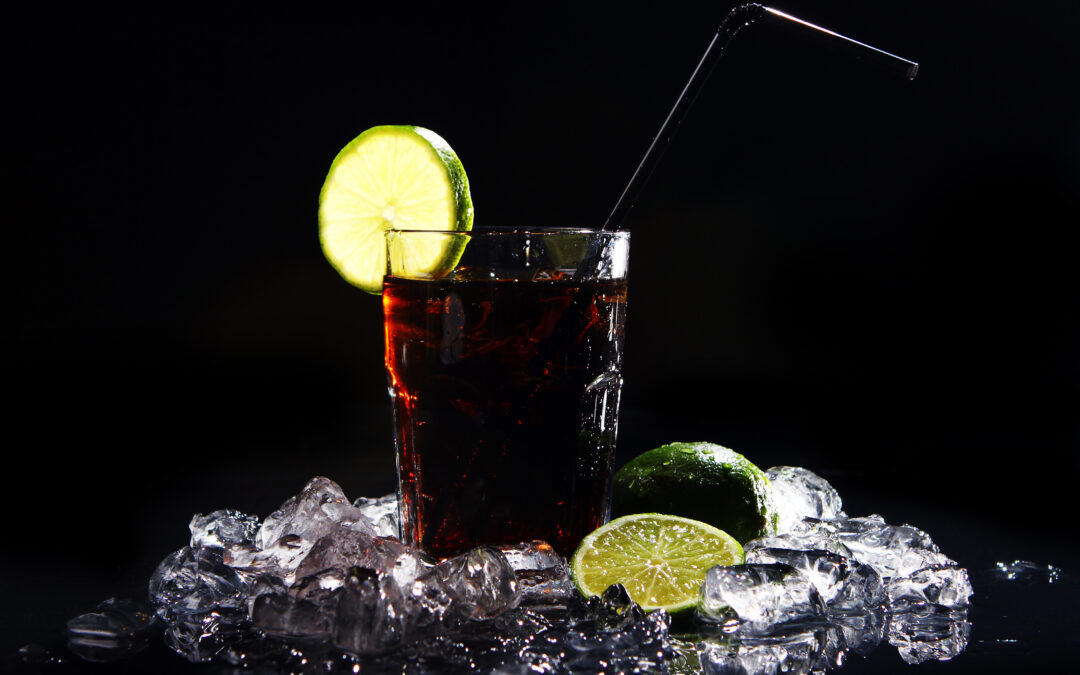
by Ross Kingsley | May 4, 2025 | LIQUORS: LIFT YOUR SPIRITS
The Cuba Libre is one of the simplest yet most iconic cocktails in the world, combining rum, cola, and lime. While its ingredients are straightforward, its history and cultural significance are rich with meaning, representing freedom, revolution, and celebration.
The Origins of the Cuba Libre
The name Cuba Libre, which translates to “Free Cuba,” is a direct nod to Cuba’s fight for independence from Spanish colonial rule in the late 19th century. The drink’s invention is believed to have occurred around 1900, during the American occupation of Cuba following the Spanish-American War.
Legend has it that American soldiers stationed in Havana mixed their imported Coca-Cola with Cuban rum, added a squeeze of lime, and toasted to a free Cuba with the phrase “¡Por Cuba Libre!” The drink quickly gained popularity among locals and became a symbol of liberation and unity.
Ingredients and Preparation
A traditional Cuba Libre requires only three ingredients:
-
Rum: Aged or light rum is typically used, depending on preference.
-
Cola: Classic Coca-Cola is the standard choice, offering sweetness and effervescence.
-
Lime: Freshly squeezed lime juice adds a tangy brightness and balances the drink.
To prepare, pour the rum over ice in a glass, add cola, and finish with a wedge of lime. The simplicity of the recipe belies the depth of its flavor and historical resonance.
Cultural Significance
The Cuba Libre is more than a cocktail—it’s a cultural icon that represents Cuban resilience and pride. Its popularity spread worldwide, symbolizing the fusion of American and Cuban influences. Whether enjoyed in Havana or at a bar across the globe, the Cuba Libre is a timeless reminder of freedom, history, and the enduring spirit of celebration.
Image by www.freepik.com
_ _ _
© Churrasco PHUKET STEAKHOUSE / ALL RIGHTS RESERVED
Churrasco Phuket Steakhouse serves affordable Wagyu and Black Angus steaks and burgers. We are open daily from 12noon to 11pm at Jungceylon Shopping Center in Patong / Phuket.
We are family-friendly and offer free parking and WiFi for guests. See our menus, reserve your table, find our location, and check all reviews here:
https://Churrascophuket.com/
#Churrascophuket #jungceylon #phuketsteakhouse #affordablewagyu #wagyu


